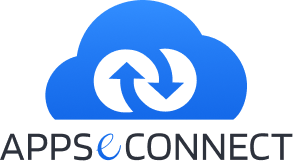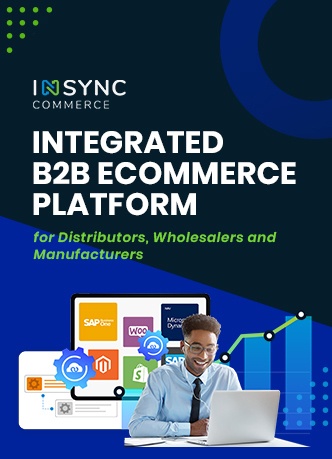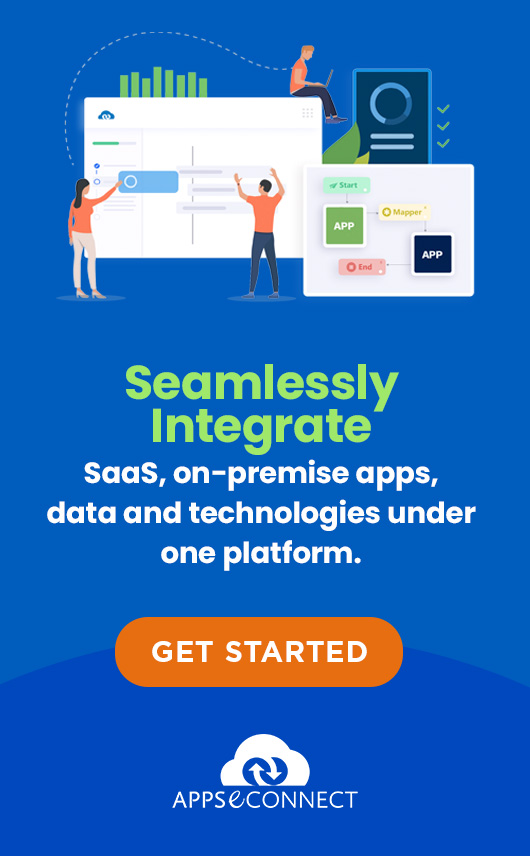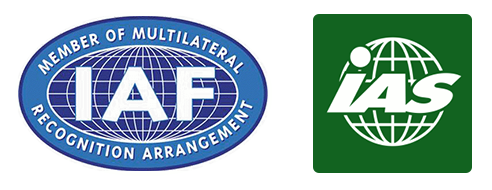Good day Friends! I’m back with an interesting insight
Recently I wrote about Microsoft Dynamics NAV 2013 and benefits with the new release. In this post I pleased to share the roadmap and directions of Microsoft Dynamics NAV to its valuable users to understand how Microsoft has planned for the upcoming releases.
With the new strategy document “Statement of Direction” Microsoft’s current product strategy for Microsoft Dynamics NAV is presented as well as the product roadmap for future releases of Microsoft Dynamics NAV “8” and “9” through 2017.
The focus of the strategy for Microsoft Dynamics NAV is the development of important core functionality to businesses and the development of the application to meet current and future regulatory requirements.
Simplicity, adaptability and optimal usability principles are still the main product. With each release of Microsoft Dynamics NAV product to be delivered, which helps users to build a successful business and promote its growth.
The following facts & figures with the Microsoft Dynamics NAV Roadmap show the product achievements and plans with the releases from 2010 to 2017:
Key Investment Areas in Release 2009 R2 2010
With Microsoft Dynamics NAV 2009 R2, Microsoft has improved productivity to the new customers and partners. It is to ensure an easier upgrade to the new RoleTailored user experience for Microsoft Dynamics NAV customers working on previous versions of Microsoft Dynamics NAV as well as adding the innovative Client Extensibility for both existing and new customers.
Key Investment Areas in Release “2013” 2010-2012
“With this release, Microsoft focused on building what they’ve come to call ‘a business solution from Microsoft’. Information about new features and improvements in Dynamics NAV 2013 is available in this MSDN Library section and this product info sheet (PDF). Those interested in purchasing Dynamics NAV 2013 can go here.
Notably missing from the final product release is the promised Windows Azure-hosted version of Dynamics NAV 2013. Microsoft last year announced that it plans to eventually deploy Windows Azure-based versions of all four of its enterprise resource planning (ERP) products, starting with Dynamics NAV 2013. The following describes major functional enhancements and modifications implemented in Dynamics NAV 2013 –
- Web-Based Client
- New Licensing Options called Perpetual Licensing which is designed to help small to mid-sized businesses jump start their financial insights and distribution management, then easily extend into all functional areas. There are 4 main licensing options called: The Starter Pack, The Extended Pack, Full User and Limited User.
- Product Enhancements such as Cash Flow Forecast, Cost Accounting, Assembly Management, Timeline Visualization, Reporting Enhancements, RoleTailored User Experience Improvements, and much more!
Key Investment Areas in Release “8” 2013-2014
In 2013, Microsoft plan to release Microsoft Dynamics NAV “8”. In this release, they will focus on:
- Driving down the costs of both on premises deployment and cloud deployment. They will provide additional tools to help partners manage greater numbers of deployments.
- Enhancing the compelling core functionality that is available in Microsoft Dynamics NAV.
- Aligning Microsoft Dynamics NAV with new product releases across the Microsoft product portfolio, including Windows, Windows Server, and SQL Server.
Additionally, Microsoft announced its plan to make Windows Azure-hosted versions of Microsoft Dynamics NAV 2013 available through partners in June 2013.
Key Investment Areas in Release “9” 2016-2017
Microsoft plans to continue investing according to its strategy in Productivity and User Experience leadership.
- Simplicity: Microsoft want to continue to make the usage of Microsoft Dynamics NAV as simple and desirable as possible
- Productivity: They will continue to focus on business productivity for customers as a result of Microsoft core values. They will invest in application functionality, tools and processes that will enable our partners to provide the vertical solutions fulfilling customer‘s needs to be more productive.
- Continued investments in core horizontal application areas like regulatory requirements and functionality that will support our customers across various industries. We will also focus on functionality that will enable our partners to develop vertical solutions.
- User Experience leadership – user experience will continue to be an important investment area as we will make the user experience even more desirable. Ultimately this will help in making the system simple to use and still enable customers to be productive in their daily work.
- Use of Microsoft Technology – We will continue to take advantage of the investments and innovations that other Microsoft business groups are providing – especially within Microsoft Office – including Microsoft SharePoint, as well as Server and Tools.
This chart shows where NAV has been, and where it’s going.
Conclusion:
So, all looks very exciting for Microsoft Dynamics NAV in the near future
You can start use the Dynamics 2013 GA by upgrade (for present customers) or you can purchase new license. My suggestion is that you reach out to your Dynamics NAV partner to ask them for more information about the Microsoft Dynamics NAV 2013 and have a detailed discussion about your business objectives and how they can help you meet them using Dynamics NAV 2013.
Of course, I am also available to help you…simply leave me a comment below.
You may also like:
Connect Magento Community 1.9 with SAP Business One and MS Dynamics NAV
Microsoft Dynamics NAV Success Story
Predictive Analytics using Cortana in Dynamics NAV 2017















